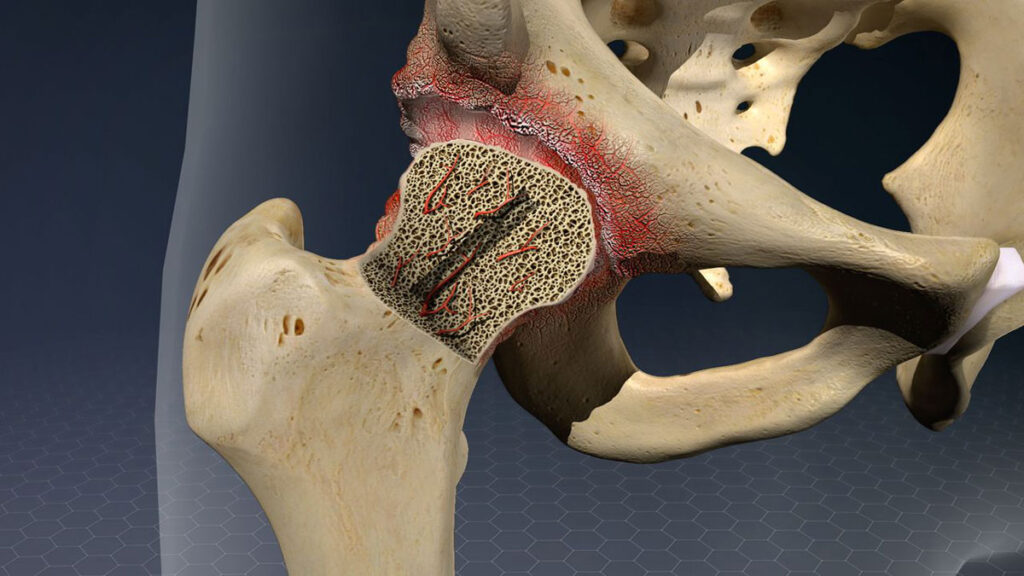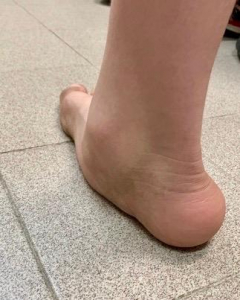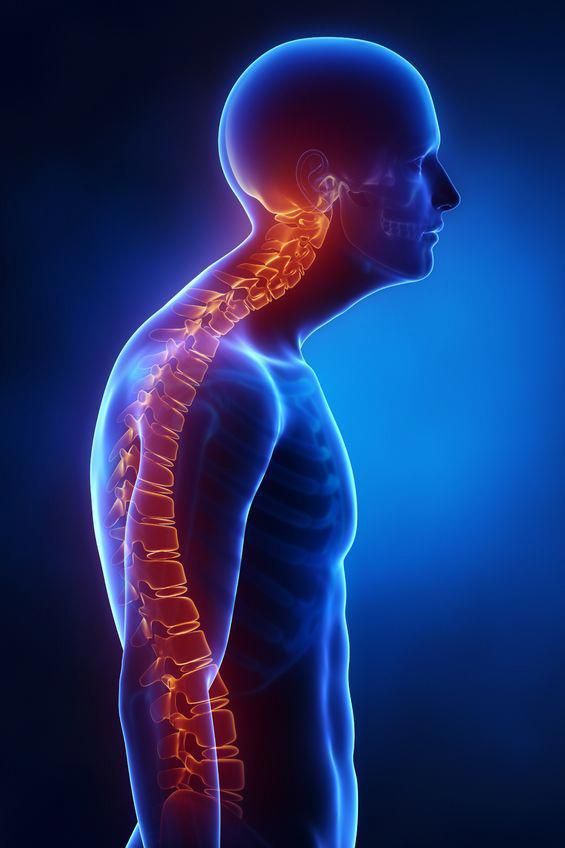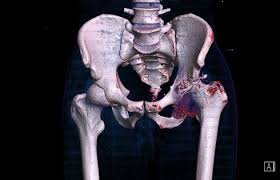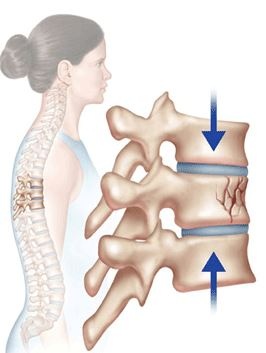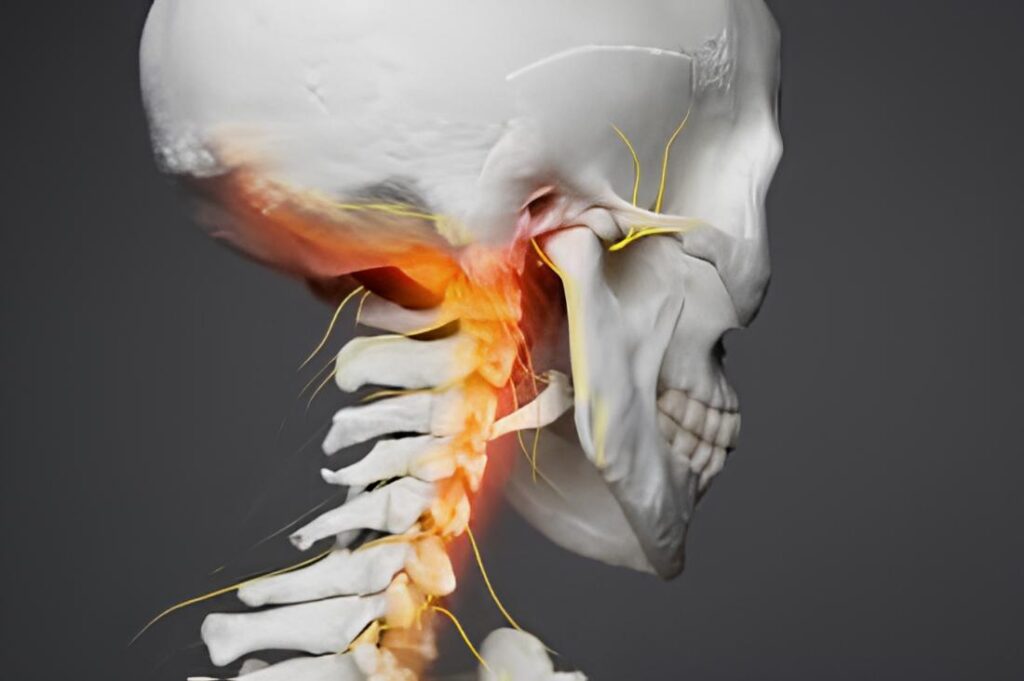Avascular Necrosis Hip
Introduction Avascular Necrosis Hip stands out due to its progressive charecter and potential for severe joint damage if left unaddressed. This article delves into the various facets of AVN of the hip. Definition Avascular Necrosis Hip (AVN), also called osteonecrosis, is caused by disruption of blood supply to the femoral head. Etiology Avascular Necrosis Hip …

